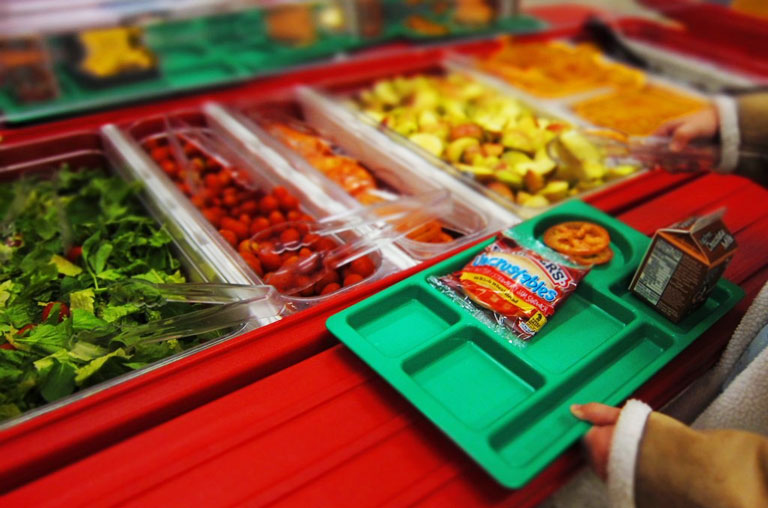In our opinion, school nutrition is one of the most difficult jobs in the country. There's a balance between limited funding and increased regulations, while at the same time meeting the needs of students and increasing their participation.
At the recent State Annual Conference of the School Nutrition Association of Virginia, we heard first hand how challenging it really is. And after several informal surveys during the show, we left knowing there are three major issues.
The Top Three Challenges Faced by Virginia and Maryland School Nutrition Professionals
LABOR CONCERNS
The reality is, school nutrition budgets are not large enough to pay school nutrition professionals what they deserve. Many talented chefs and cooks are often forced to seek employment elsewhere for the mere fact of money. If job A pays you $12 an hour and job B pays you $15, more often than not the higher paying job wins out.
As a result, school nutrition directors are forced to juggle new employees resulting from high turnover. This affects training, consistency, equipment choices, pay scales, and so much more.
FEDERAL GOVERNMENT REQUIREMENTS
Regulations have changed over the last several years in terms of school nutrition requirements. We're not commenting here on whether or not these regulations are good or bad, we're simply stating they directly impact those on the front lines in the school nutrition world.
With regulations like the USDA's Smart Snacks, nutritional data must be produced and maintained. At the same time, staff members are tasked with cooking and preparing menus that will increase participation. At the Virginia show, we heard these added burdens of compliance are taking their toll on school cafeteria staff.
EQUIPMENT REPLACEMENT AND PLANNING
The third common theme we heard was the issue of planning new equipment purchases. To generalize, the average life expectancy on any given piece of foodservice equipment is about eight or nine years. This means in any year, there will likely be numerous replacement needs throughout a given school district.
One way to help prepare for these purchases is through comprehensive planning and budgeting. By looking forward, districts can gauge the life expectancy of current equipment, as well as meet goals for the future. This often begins with a school nutrition equipment assessment.
While High Sabatino is powerless to increase a school districts nutrition budget or to enact federal legislation, we can help you find equipment solutions that might mitigate the impact. For example, if a school is having problems keeping staff and training new employees becomes an issue, maybe we can help by suggesting a piece of equipment that provides easier operation and reduced training.
One area where we can definitely help is with equipment replacement and planning. We offer free foodservice equipment assessments specifically for schools. Click here if you'd like to learn more.









